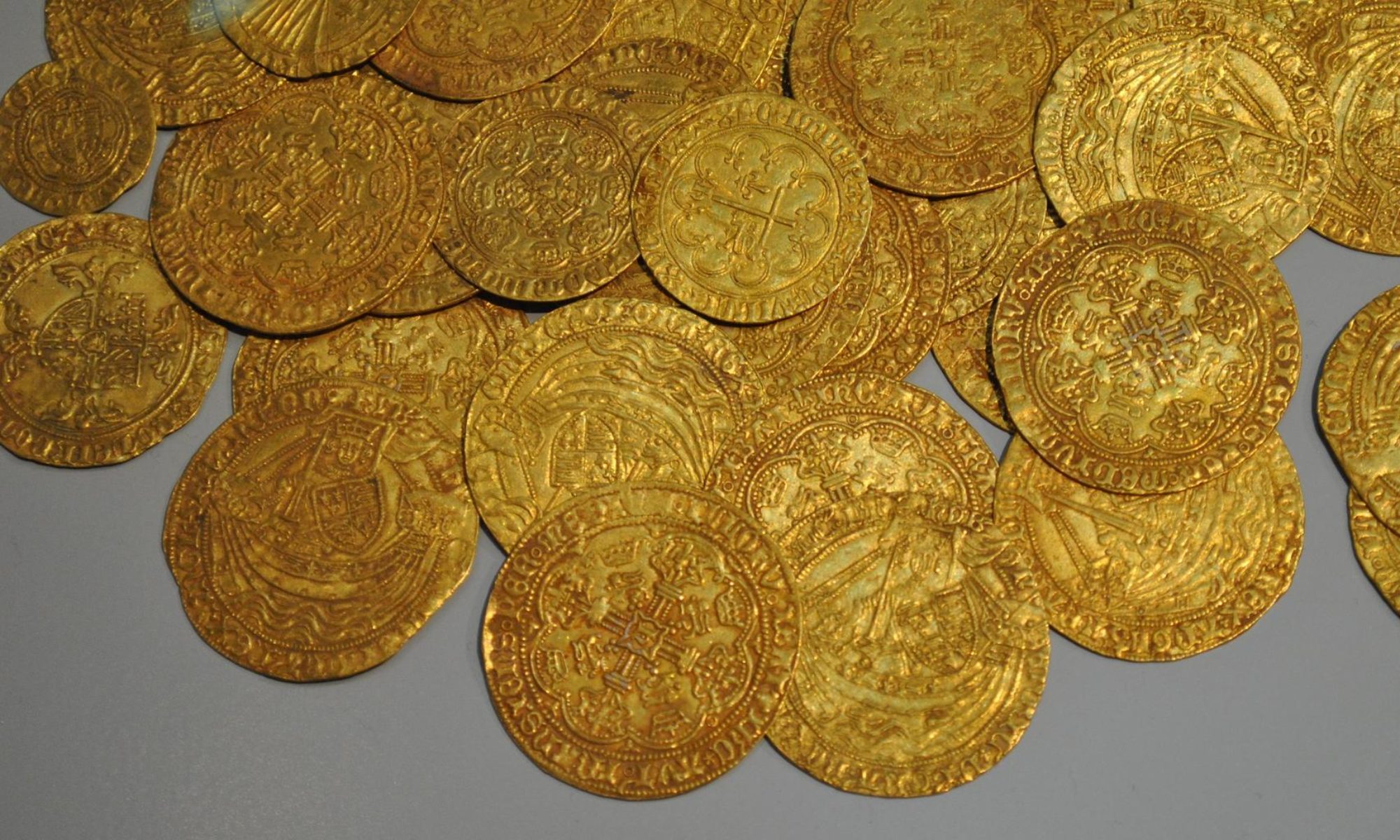Introduction:
Gold has long been considered a safe-haven asset, and its investment performance is closely scrutinized, especially during volatile periods. The months of December and January often bring about a unique set of circumstances that can impact the precious metal’s value. In this article, we will explore the historical performance of gold investments during the typical December-January period and analyze the factors that contribute to its fluctuations.
Historical Trends:
- Year-End Demand: Historically, the demand for gold tends to rise towards the end of the year. Investors often seek to diversify their portfolios and hedge against economic uncertainties, making gold an attractive option. This increased demand can contribute to upward pressure on prices.
- Festive Season and Jewelry Demand: The holiday season, particularly in December, sees a surge in consumer spending and, consequently, an uptick in the demand for gold jewelry. This spike in demand can influence the overall performance of gold during this period.
- Market Volatility: The transition from one calendar year to the next often brings about increased market volatility. Uncertainties related to economic data, geopolitical events, and global tensions can drive investors towards safe-haven assets like gold.
- Dollar Performance: The performance of the U.S. dollar can have a significant impact on gold prices. When the dollar weakens, gold becomes more attractive to investors as it is priced in dollars. Conversely, a stronger dollar may put downward pressure on gold prices.
- Interest Rates: Central bank policies and interest rate decisions also play a crucial role in determining gold prices. Generally, lower interest rates make non-interest-bearing assets like gold more appealing, while higher rates may have the opposite effect.
Case Studies:
Let’s delve into a few notable instances to highlight gold’s performance during December and January in recent years.
- 2019-2020: The end of 2019 and the beginning of 2020 saw heightened global uncertainties, including trade tensions and geopolitical issues. During this period, gold prices experienced a significant rally as investors sought safety amid market turbulence.
- 2020-2021: The COVID-19 pandemic heavily influenced financial markets in 2020. Gold, acting as a safe-haven asset, witnessed robust demand during the peak of the crisis. As economies started recovering in 2021, gold prices faced some downward pressure.
- 2021-2022: The transition from 2021 to 2022 was marked by concerns about inflation, central bank policies, and ongoing pandemic-related challenges. Gold prices exhibited volatility, responding to changing economic conditions and global uncertainties.
Conclusion:
While historical trends suggest that gold tends to perform well during the December-January period, it’s essential for investors to consider a broader set of factors that can influence its value. Economic indicators, geopolitical events, and changes in market sentiment all contribute to the intricate dance of gold prices.
As with any investment, thorough research and a clear understanding of the global economic landscape are crucial. While gold may offer stability during times of uncertainty, prudent investors should diversify their portfolios and stay informed about the dynamic factors affecting the precious metal’s performance.
